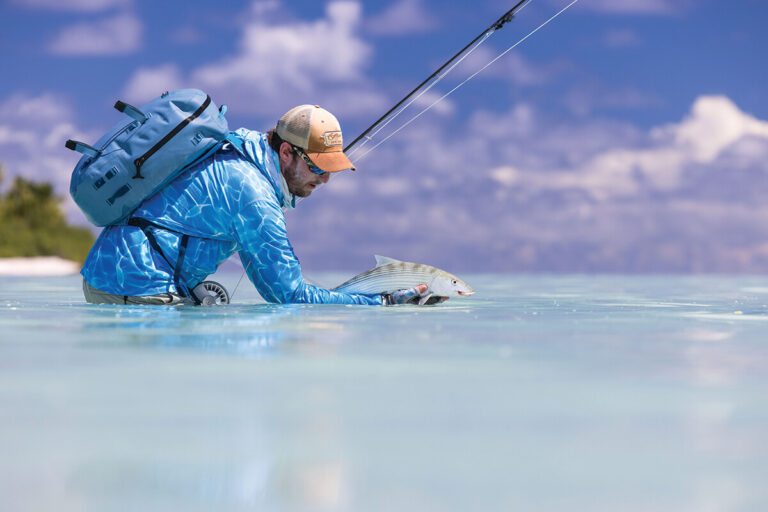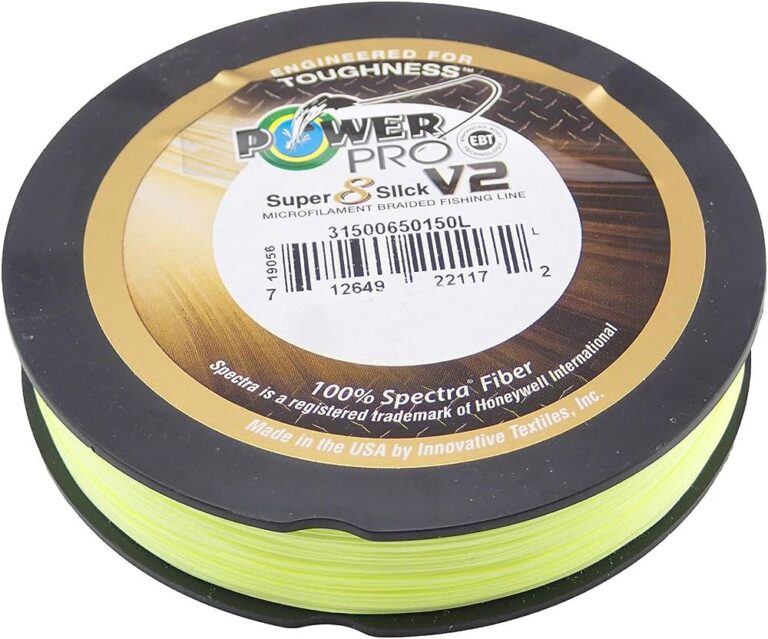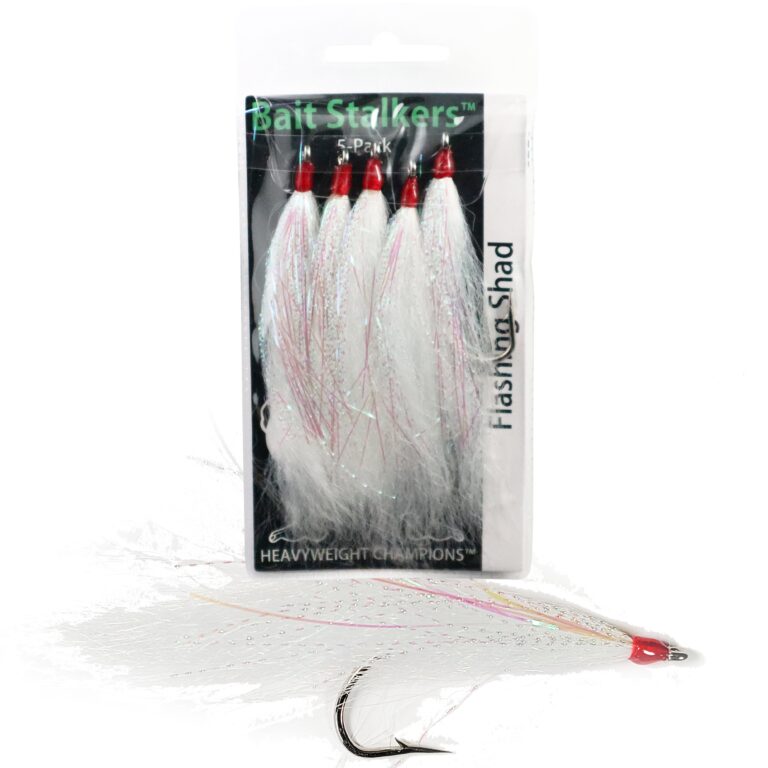Yes, you can fly with fishing hooks. Fishing hooks are allowed in your carry-on or checked baggage when travelling by plane.
Now, let’s delve into the details of flying with fishing hooks. When it comes to traveling with fishing gear, many people wonder if they can bring fishing hooks with them on a plane. The answer is yes! You are allowed to fly with fishing hooks, whether in your carry-on or checked baggage.
However, there are some guidelines and restrictions that you need to be aware of before packing your fishing hooks for your flight. This article will provide you with all the information you need to know about flying with fishing hooks.
Understanding Tsa Guidelines For Carrying Fishing Hooks
Whether you’re an avid angler planning a fishing trip or a casual traveler who wants to bring along some fishing gear, understanding the tsa guidelines for carrying fishing hooks is crucial. These guidelines are in place to ensure the safety of all passengers and the smooth flow of airport security checks.
In this section, we will explore the types of fishing hooks allowed on flights, regulations regarding hook sizes and sharpness, as well as packaging requirements for carrying fishing hooks.
Types Of Fishing Hooks Allowed On Flights
When it comes to flying with fishing hooks, it’s essential to know which types are allowed in your carry-on or checked luggage. Here are the key points to consider:
- J-hooks, circle hooks, and fly hooks are generally permitted in both carry-on and checked luggage.
- Treble hooks, also known as three-pronged hooks, are allowed, but there may be restrictions on their size and number.
- Barbless hooks, which lack the traditional barb at the end, are often preferred by anglers when traveling as they are safer and easier to handle.
Regulations Regarding Hook Sizes And Sharpness
Hook sizes and sharpness are important factors to consider when packing fishing hooks for air travel. Here’s what you need to know:
- Smaller hook sizes are generally more acceptable on flights due to their reduced potential for injury.
- Avoid packing exceptionally large hooks as they may raise concerns during security screenings.
- Ensure that your hooks are not excessively sharp. Tsa regulations prioritize safety, so extremely sharp hooks may be confiscated or rejected.
Packaging Requirements For Carrying Fishing Hooks
Proper packaging is crucial to prevent injuries and facilitate security checks. Here’s what you need to know:
- Fishing hooks should be securely stored in tackle boxes, tackle bags, or other suitable containers.
- To avoid accidents, it is highly recommended to cover the sharp points of the hooks with protective caps or sleeves.
- Pack your fishing gear in a manner that keeps the hooks organized and prevents them from shifting or becoming entangled.
Remember, always check with your airline and the tsa for the most up-to-date guidelines before your trip. By following these guidelines and being well-prepared, you can ensure a smooth and hassle-free journey with your fishing hooks. Happy travels and tight lines!
Tips For Safely Traveling With Fishing Hooks
When it comes to flying with fishing hooks, it’s crucial to ensure that they are properly stored and packaged to prevent accidents and injuries during travel. Here are some tips to help you travel with fishing hooks safely:
Choosing The Right Travel Case For Your Hooks:
- Consider investing in a sturdy and durable travel case specifically designed for fishing hooks.
- Look for cases that have individual compartments or slots to keep the hooks organized and secure.
- Opt for cases made from materials like hard plastic or metal to provide added protection.
How To Properly Store And Package Fishing Hooks:
- Before packing your hooks, make sure to remove them from the packaging they came in. This helps save space and reduces the risk of accidental impalement.
- Use a small, resealable plastic bag to store each set of hooks, keeping them separate and preventing them from tangling together.
- Consider adding some foam or padding inside the plastic bags to provide additional cushioning for the hooks.
- Label each bag with the size and type of hooks it contains for easy identification.
Preventing Accidents And Injuries During Travel:
- When packing your fishing gear, place the bags of hooks in a secure part of your luggage, away from other items that could get damaged or punctured.
- If you are traveling with carry-on luggage, check the airline’s regulations regarding the transportation of fishing hooks. It’s possible that certain types or sizes of hooks may not be allowed in your carry-on.
- If you are checking your fishing gear, inform the airline staff about the presence of hooks in your luggage to ensure careful handling.
- Double-check that your travel case is securely closed and fastened before traveling.
- Consider bringing a small first aid kit with you in case of any accidents or injuries involving the hooks.
Remember, safety should always be a top priority when traveling with fishing hooks. By choosing the right travel case, properly storing and packaging your hooks, and taking precautions to prevent accidents, you can enjoy your fishing adventures without any worries.
Happy travels and tight lines!
Overcoming Challenges And Risks Of Flying With Fishing Hooks
Fishing enthusiasts have often wondered if it’s possible to fly with fishing hooks. While there are challenges and risks involved, with proper precautions, it’s entirely feasible to transport your fishing equipment by air. In this section, we will explore how to overcome airport security concerns, minimize the risk of damage to hooks and other equipment, and implement strategies to avoid delays and complications at the airport.
Dealing With Airport Security Concerns
Airports have strict security measures in place to ensure passenger safety. When it comes to flying with fishing hooks, you may encounter some concerns, but adhering to the following tips can help address them effectively:
- Inform the airport security personnel: Notify the airport security about your fishing hooks in advance to avoid any misunderstandings or delays.
- Use a tackle box or storage case: Store your fishing hooks in a designated tackle box or storage case to keep them organized and easily accessible for inspection.
- Pack hooks in checked luggage: Transport fishing hooks in your checked baggage to comply with airline regulations. This way, you minimize the likelihood of encountering security issues during the screening process.
Minimizing The Risk Of Damage To Hooks And Other Equipment
Fishing hooks, particularly those with pointed ends, may pose a risk of damage to other items in your luggage. Consider the following precautions to reduce the chances of damage:
- Use a specialized hook container: Invest in a high-quality hook container designed to securely hold hooks and prevent them from tangling with other items. This will ensure that your hooks remain undamaged during transport.
- Remove hooks from lures: Detach hooks from fishing lures before packing them, reducing the risk of entanglement or damage.
- Store hooks separately: Keep different sizes and types of hooks separately in labeled compartments to prevent them from becoming jumbled and causing damage to one another.
Strategies For Avoiding Delays And Complications At The Airport
To make your flying experience with fishing hooks as seamless as possible, consider the following strategies to avoid potential delays and complications:
- Arrive early: Allocate sufficient time before your flight to allow for any unexpected delays or additional security checks related to your fishing equipment.
- Research airline regulations: Familiarize yourself with the specific rules and regulations of the airline you are flying with regarding the transportation of fishing hooks. This will help you pack and prepare accordingly, avoiding any last-minute complications.
- Prepare documentation: If needed, carry relevant documentation, such as fishing permits or licenses, to support the transportation of your fishing equipment.
- Organize your gear: Keep your fishing gear well-organized in a way that makes it easy for security personnel to inspect, minimizing the chances of any delays or additional screening requirements.
When it comes to flying with fishing hooks, thorough planning, adherence to regulations, and proactive organization can help you overcome challenges and minimize potential risks. Follow these guidelines to ensure your fishing hooks arrive safely at your destination, ready for your next angling adventure.
Conclusion
It is possible to fly with fishing hooks, but it requires careful preparation and adherence to airline regulations. Ensuring that your hooks are properly stored in your checked luggage, using protective cases or covers, can help prevent any accidents or injuries during your journey.
Additionally, being aware of the size and type of hooks you are bringing onboard can also impact your ability to travel with them. It is essential to check with your airline beforehand and follow their guidelines to avoid any last-minute surprises or potential issues.
Remember, safety should always be your top priority when it comes to transporting fishing hooks while traveling. By following the necessary precautions and guidelines, you can enjoy your fishing adventures wherever your travels take you. Happy fishing and safe travels!






